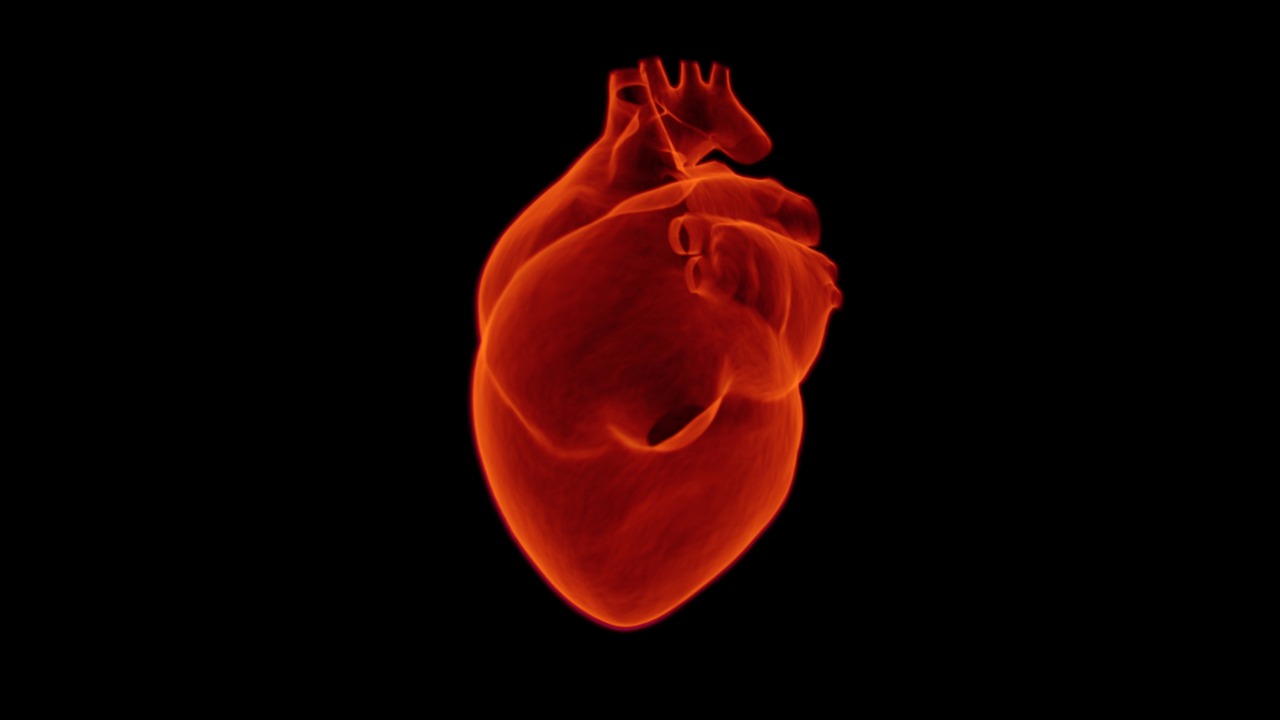Lighting design is an important aspect of any professional art form or performance. It can add drama, contrast, and emotion to a stage production or a studio session. Lighting designers are responsible for creating the right atmosphere through the use of a variety of lighting techniques. From color temperature and intensity to the selection of fixtures, light manipulation has become an art form in itself.
Lighting designers must understand how their choice of fixtures and colors can affect the emotional impact on viewers or participants in any given situation. They must also know how to manipulate shadows, glows, and highlights to create different effects. Understanding color temperature is key for creating interest with warm tones that mimic natural sunlight versus cool tones for more subtle aspects such as moody shadows and silhouettes.
The selection of lighting equipment is also vital for achieving certain results during performances or recordings. Professional lighting designers need knowledge about Fresnel spotlights, LED panels, strobes, intelligent lights (moving heads) with specific beam angles and wattages that will allow them to achieve different looks on stage or on camera during shoots.





